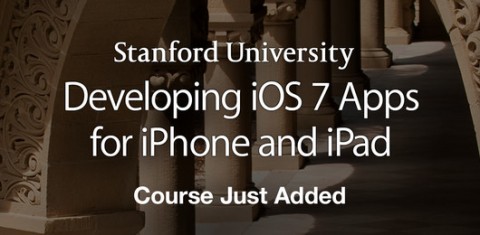If you’re like me, every little bit of information doled out for the upcoming third season of Twin Peaks is like a series of clues found along a dark path through the Ghostwood National Forest. We’ve seen brief views of some major characters. We’ve heard Angelo Badalamenti confirm he’s back to score the series. We picked up and speed read the Mark Frost-written Secret History. We know that it will be 18 hours of pure David Lynch and Mark Frost, and that whatever it may do, it won’t go all wonky and not-so-good like the terrible trough in the middle of Season Two. And now we have a date for the premiere: May 21.
So it’s not time to brew coffee, or put a cherry pie in the oven, just yet. Instead, it’s time to bone up on the series itself and ask ourselves, is Twin Peaks a failed series that needs to be rectified? Or if Lynch and Frost had never agreed to revisit their iconic work, would we still have a cohesive work?
Video essayist Joel Bocko says yes, and has made what is probably the definitive and most thorough analysis of the series out there on the web.
I first stumbled across Journey Through Twin Peaks one night, and thinking that it was only one short video essay I started watching. My mistake: episode one was only the first in a 28-chapter series that totaled over four hours, arranged in four parts. And, yes, I sat and watched the whole damn thing.
Bocko is good, real good. This is not uncritical fan worship. This is a man, like many of us, who fell in love with the transcendent heights of the show and suffered through its miserable lows, but, through that misery, figured out what made the show such a game-changer.
One important thing Bocko does is give Mark Frost his due. Usually hidden behind the art and the mythos of Lynch, Frost brought much to the show, from the detective procedural framework to themes of the occult and Theosophy. Bocko shows how Lynch came out of the Twin Peaks experience with a completely different and much more complex idea of character. Before Peaks, Lynch’s work saw good and evil existing not just on opposite sides of the spectrum, but as different characters. (Think of Blue Velvet.) In the films he makes afterwards, doppelgangers, fugue states, and self-negation, along with the spiritual confusion that come with it, are central to Lynch’s work.
But that’s just one of the many insights waiting for you in this rewarding analytical work, which also takes in Fire Walk With Me and Mulholland Dr. through to Inland Empire. Suffice it to say, it’s full of spoilers, so proceed with caution.
On the other hand, if you don’t have time before the premiere, you can always watch the first season in under a minute here.
Related Content:
Twin Peaks Tarot Cards Now Available as 78-Card Deck
David Lynch’s Twin Peaks Title Sequence, Recreated in an Adorable Paper Animation
Ted Mills is a freelance writer on the arts who currently hosts the artist interview-based FunkZone Podcast. You can also follow him on Twitter at @tedmills, read his other arts writing at tedmills.com and/or watch his films here.




